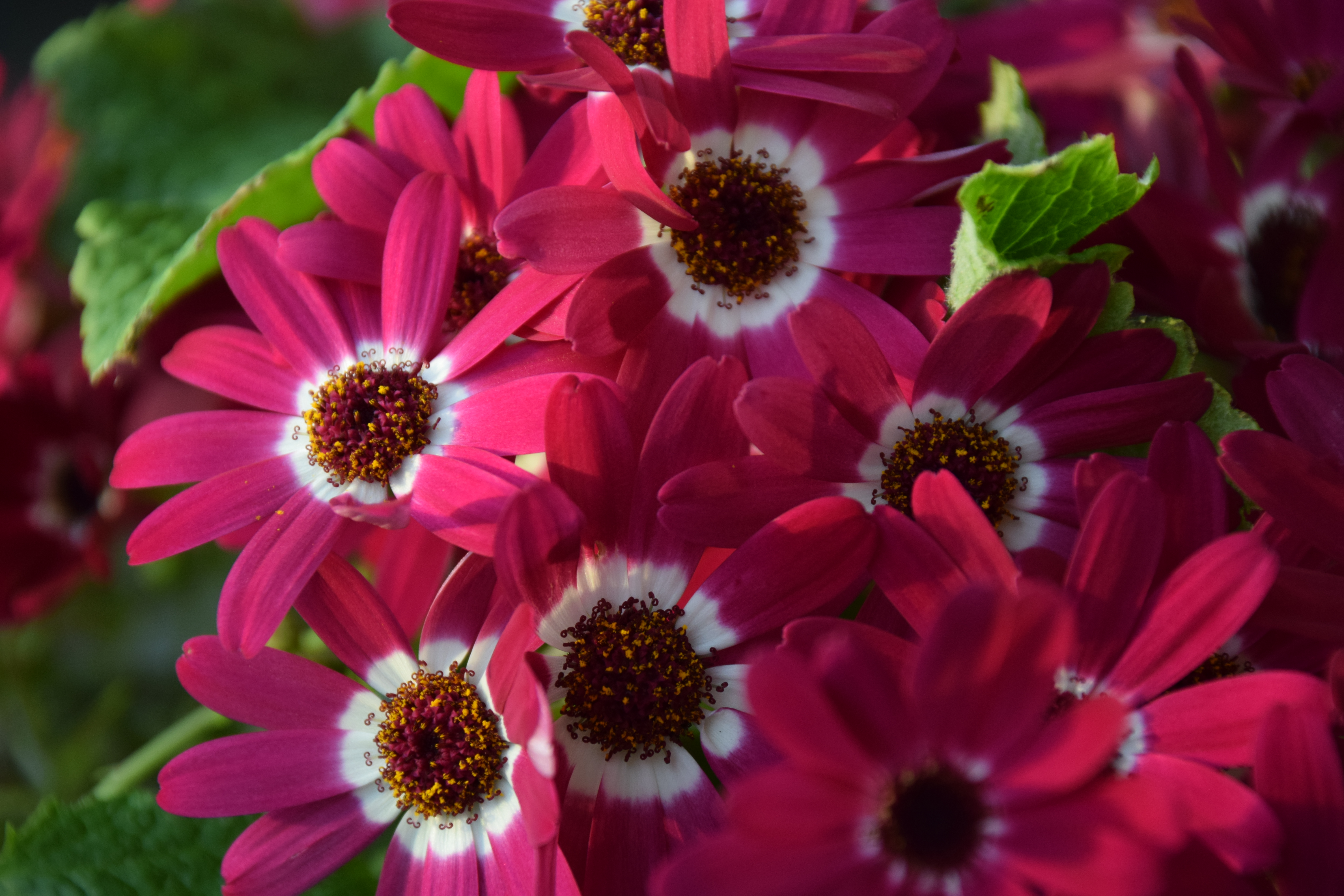
In these difficult times we are not able to get out and indulge in some of our favourite pastimes – buying plants and enjoying a coffee at our favourite garden centre, but just because we can’t leave home we can still work in the garden. Spring is often a tricky time in the garden – one moment it is glorious and the tulips are opening in the warm sunshine; the next it is blowing a gale and we rush for the shelter of the house or greenhouse.
It is now that we appreciate houseplants, especially those that bloom in spring. Most flowering houseplants are short-term plants that we buy at their peak and then discard but a few are real houseplants. The best of these is clivias. These have narrow, strappy leaves and clusters of large orange flowers around now. I was given one in 1989 and I still have it, though it has been divided a few times. The secret of its longevity is that it is very tolerant of neglect and will survive if not watered for several weeks. Clivias are fairly common these days but were not so readily available in my early days at Knights. Nor were orchids, which we all take for granted now and which we pick up with a bag of potatoes and the milk at the supermarket.
No, in those far off days the most popular flowering houseplant was… the African violet (saintpaulia). You hardly ever see them these days and yet, until the mass production and price reduction of moth orchids, every windowsill had at least one African violet, in some stage of lingering death. They were never very easy to grow, required watering from below to avoid splashing the leaves with water and their hairy leaves were devils for collecting dust. Yet when I was working at Knights they were very popular and I even made a special growing cabinet, complete with lights, so they would grow well. I am not sure quite why they fell from favour but they have never been popular since.
Plants seem to have been more seasonal then and the two for Easter were cinerarias (above) and calceolarias. Both of these are beinnials; grown in glasshouses from seeds sown in summer, overwintered in coll conditions and sold in spring when in bloom. The pouchlike flowers of calceolarias were never as popular as cinerarias despite their bright colours, usually in reds and yellow. I think the slipper-like flowers were confused with insectivorous plants by many people.
Cinerarias (now pericallis) were much more popular, possibly because of their bright, daisy-like flowers and spectacular colours. Many were red or pink, zoned with white, but the most wonderful were the blue, including almost metallic and cobalt blues rarely seen in other plants.
These were big, bold and relatively inexpensive and made wonderful gifts for Mother’s Day and Easter.
The trouble with them was that they did not last long once bought. Having been grown in cool greenhouses and with large leaves, they did not adapt well to house conditions and they were tricky to water. In addition, they seemed to be the most popular of all plants with greenfly. But, for their brief, spectacular lives, they were deeply admired and we always had lots for sale.
These days, you rarely see these pericallis but their place has been taken, to some extent, by Senetti, which are of hybrid origin and closely related. These are also plants that prefer cool conditions but are sold as patio plants that can tolerate a little frost.
Jobs for the weekend
Daffodils
We can’t plant daffodils now but we can certainly appreciate them. For myself, I am so pleased that I planted lots last year. Make a note to plant more this autumn and take some photos now to remind you where you already have them – it is annoying to plant in autumn and push a spade through existing bulbs! Why not take a photo of your garden, print it out and draw on where you would like daffs next year, then buy them this autumn. With existing bulbs, as soon as the flowers die, cut off their old blooms but leave all the foliage to die down naturally.
Lawns
Now is the time to get lawns in order and you don’t have to spend a fortune to improve the quality of your grass. Firstly, cut the lawn little and often. This will help keep the grass healthy and discourage weeds and moss. If you have some lawn fertiliser, apply it now, ideally when rain is forecast. If you have weedkiller in the shed this can be applied now too but regular mowing and feeding the grass will help discourage weeds. Spring is a good time to rake out moss and dead grass but it can be hard work with a wire rake. Maybe do just a little every day – it is a hard abdominal workout! Raked moss from the lawn can be added to the compost bin or can be used to line wire hanging baskets.
The lawn is never finished till you go round the beds and trim the edges – nothing is quite as effective at making a garden look smart as ‘doing the edges’.
Seeds
We may not be able to get out to buy seeds but if you are like me you will have some left over from previous years. Most seeds will last in their packets for several years as long as they are not opened so they are worth sowing now.